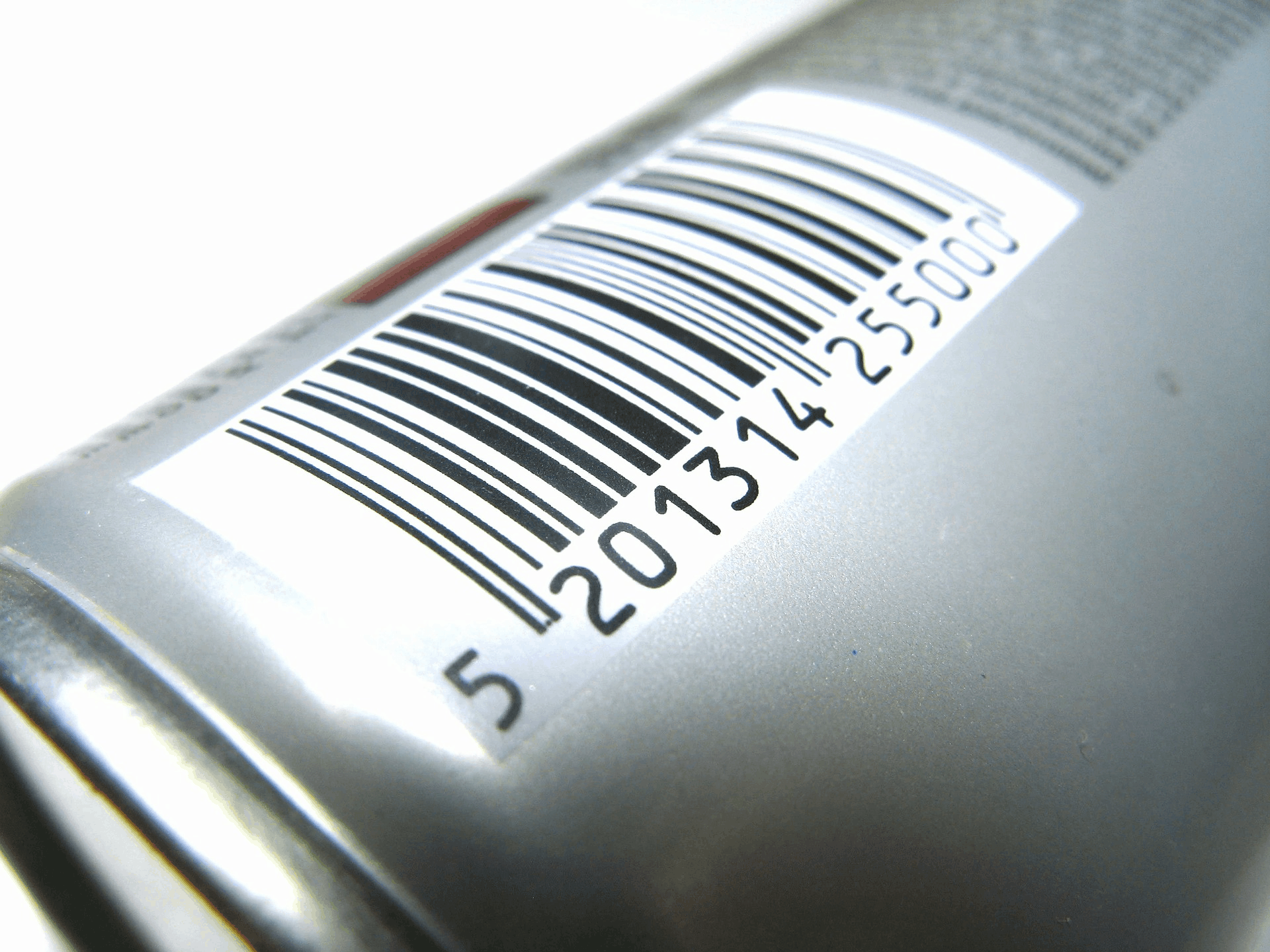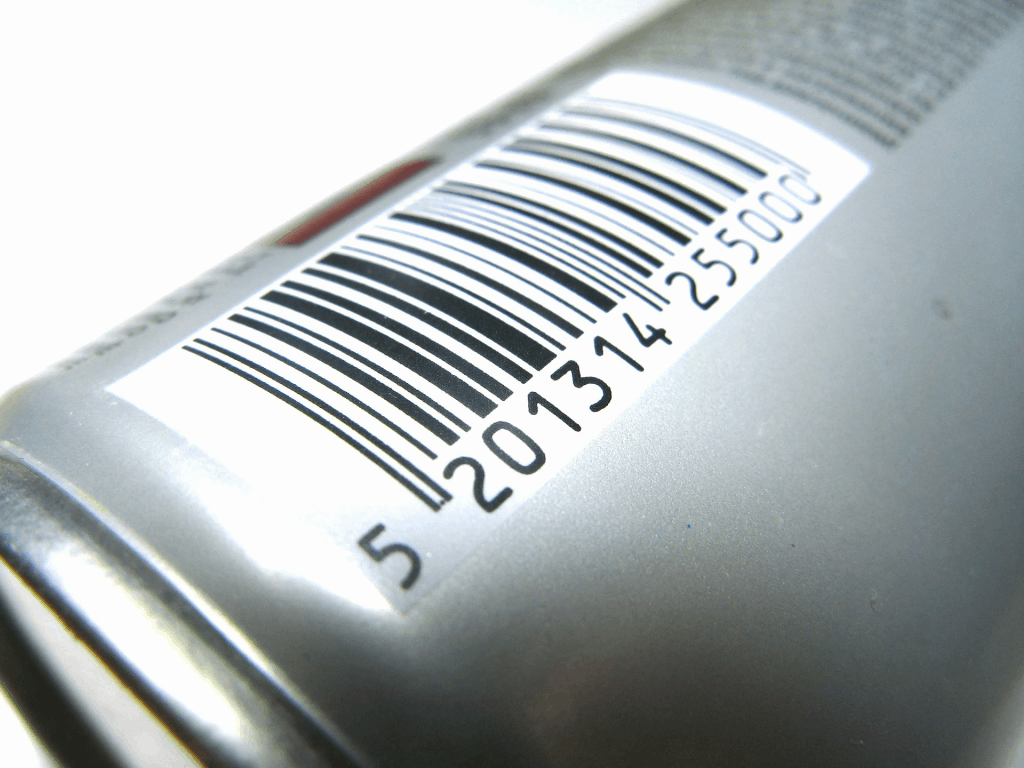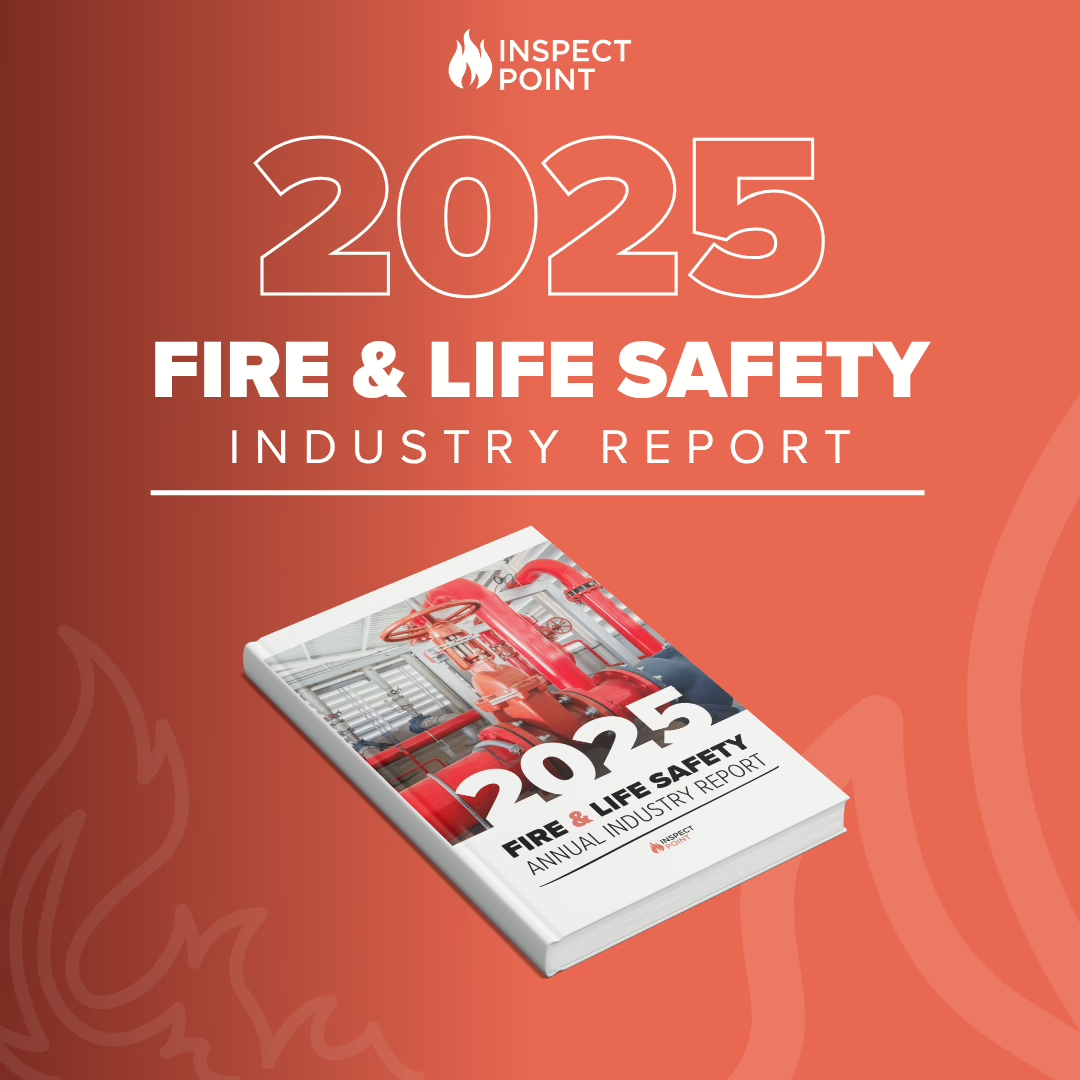
The Benefits of Barcoding in your Fire Inspections
The traditional methods of using clipboards, paper, and pens for fire safety inspections are well on their way to being a thing of the past. The Fire and Safety Inspection industry is reaching its highest potential for following NFPA codes and standards in the most efficient and cost-effective way. Why? Well, technology has brought this industry excellent devices such as barcode scanning tools; benefiting the overall performance and productivity for the inspection industry as a whole.

By using barcode scanning devices, inspectors are more easily able to scan various fire safety equipment during an inspection, making it that much easier to check all those boxes on their inspection report, and locate the instances that need a second look.
Understanding Barcodes
Barcodes are on most everything these days. You see them in the grocery store, in the music shop… think of any modern (computerized) price tag; there’s a barcode attached.
Different Types of Barcodes
Barcodes, as you know, are made up of a series of lines; these lines are placed as a particular code, personalizing themselves to the product (and company/origin) they’re attached to. With a barcode scanner, when scanning the barcode data (either on paper or by digital means), it brings up information pertaining to when/where/what condition the barcode has been scanned as in the past so that inspectors can evaluate the overall status of the equipment in question.
There are several different types of barcodes, or “a variety of formats”, as this site states when explaining the many different barcode codes. However, the most commonly manufactured form of barcodes are as follows.
Barcode scanning devices serve as an intelligent form of reporting when performing inspections.
1D Barcodes
1D (aka one-dimensional) barcodes are a pattern of vertical lines in which the series of lines and spaces between them vary.
2D Barcodes
2D (aka two-dimensional) look like a pattern of black squares over a white background. This form of barcode is becoming more common, “but are very specific in their application”.
In this article focusing primarily on the functionality of barcodes, they explain the overall evolution of these two barcode formats. “From 1 Dimensional to 2 Dimensional, barcodes really haven’t changed that much. The appearance may be parallel lines, square module perimeter patterns, or even plain numbers, yet they still work the same, though one type may carry more information than another.”
Why Barcodes Are Used
Barcodes serve as somewhat of a time-stamp, an identificator, if you will, for individual pieces of equipment.

Per a white paper published by Robotics Tomorrow, barcodes and the importance of transmitting data in a reliable and speedy manner is mentioned. “The faster and more accurately data is communicated to a machine, the faster and more accurately the machine can perform its automated functions.”
Inspections Gone Mobile
Data Compares the Past to Real-Time
The data is compared to past inspections, so the barcodes ensure efficient and comprehensive inspections by monitoring inspectors’ progress during the real-time inspections. This also helps to prevent the possibility of missing items.
Fire Safety Equipment – You Know the Status
In the fire and safety inspection industry, the ability to scan barcodes on devices such as fire extinguishers, smoke detectors, sprinkler systems, etc. provide inspectors with a portal into the life of that particular piece of equipment.
Barcode scanning devices serve as an intelligent form of reporting when performing inspections, as the scanner will alert the system of a specific failed piece of equipment, therefore facilitating quick response and action for any deficiencies or alerting the property owners of the need for immediate repair.
How Does Socket Mobile Work with Inspect Point
Partnership is key to any good industry. That’s why Inspect Point has the help of Socket Mobile, “an external barcode scanning tool that integrates directly with Inspect Point to assist with the barcode scanning process.” Socket Mobile’s barcode scanning devices provide the best efficiency for Inspect Point.
Inspection Devices Are Your Assistant
Inspect Point uses iPads … these are their clipboards, papers, and pens. Socket Mobile is an app used to connect the actual Socket Mobile scanning device data retrieved and immediately loading it into a database.
How Inspections Are Performed in the Field
To learn more about how the Inspect Point App and the Socket Mobile device and app sync up to create a reliable inspection process, refer to this overview created by the IP experts themselves!
Socket Mobile Devices Currently Available to Inspect Point
We currently support the following Socket Mobile devices:
- 102806-0002 (for the CHS 7Xi/7Qi/D750 and 7XiRx)
- 102806-0003 (for the CHS 7Ci, 7Di, 7Pi, 7Mi and S800(8Ci), S850(8Qi))
Have additional questions about fire inspection software and barcodes?

